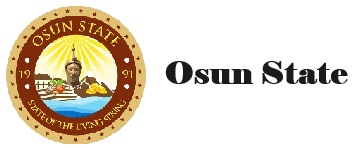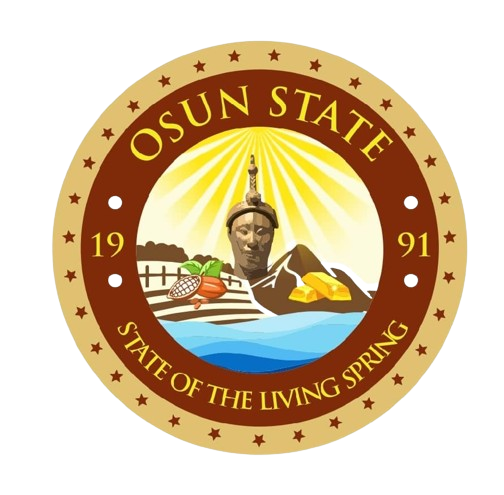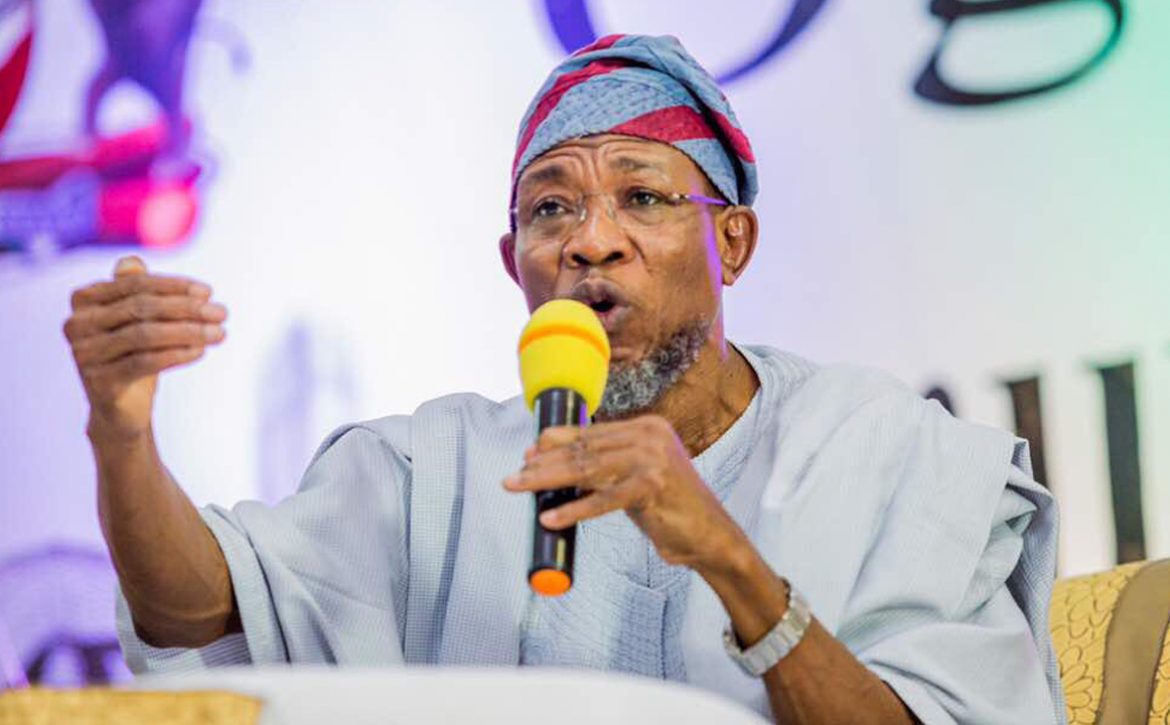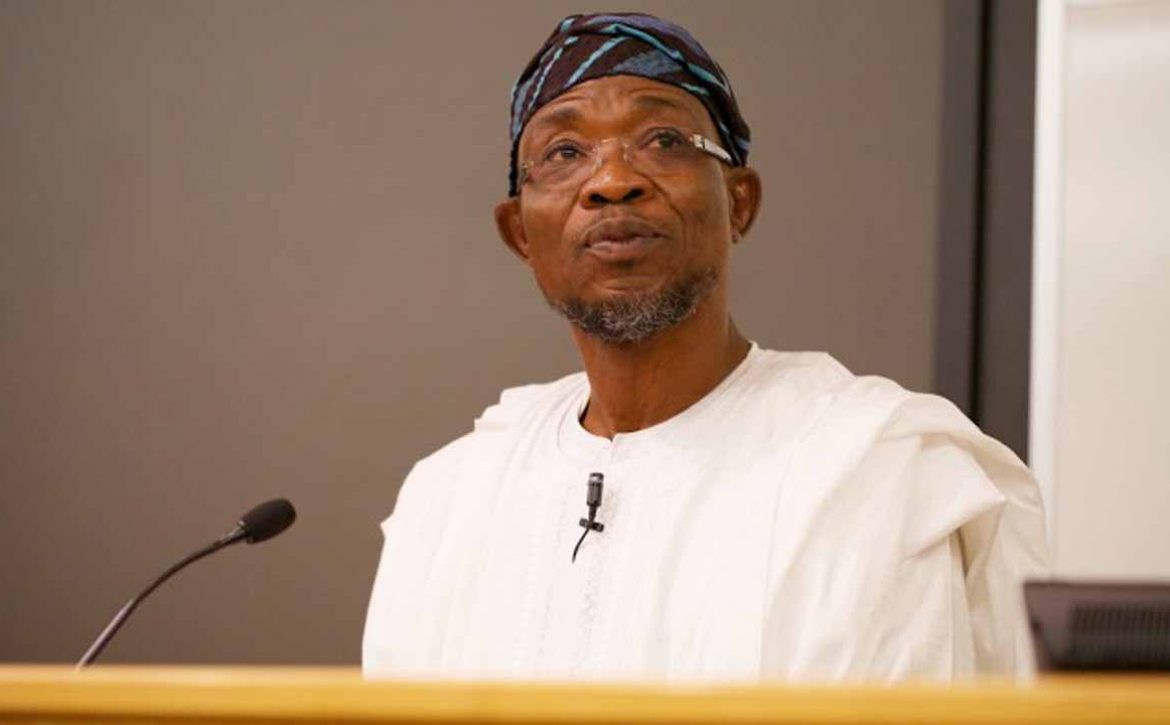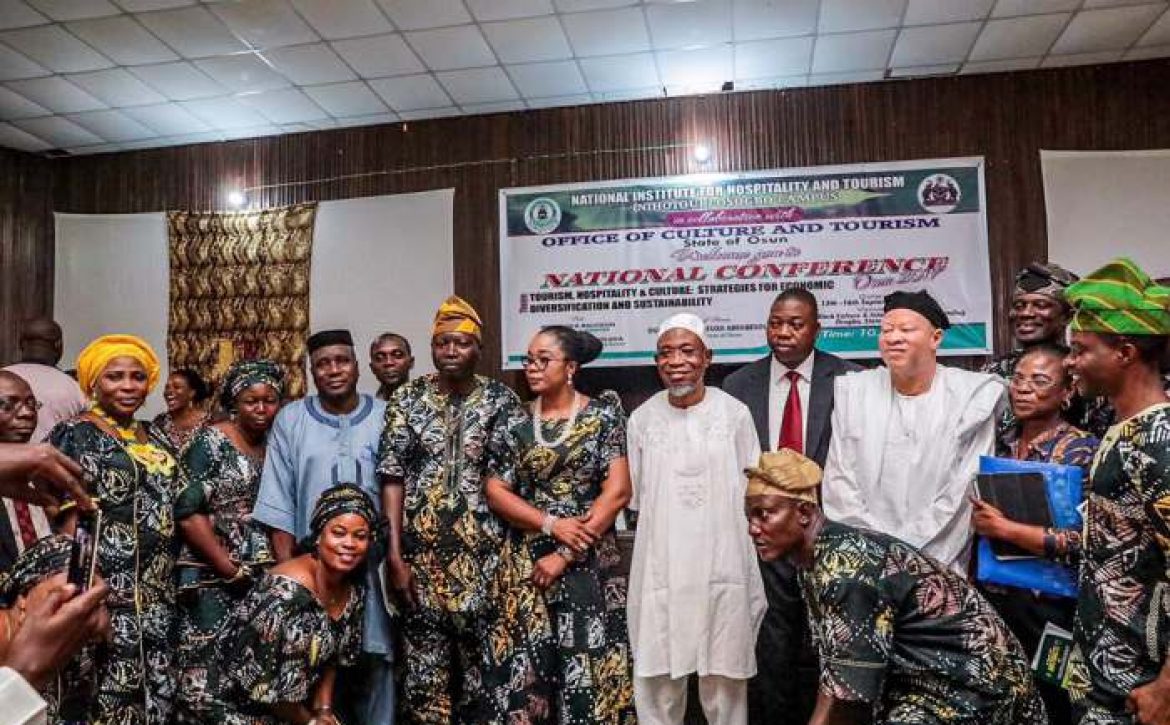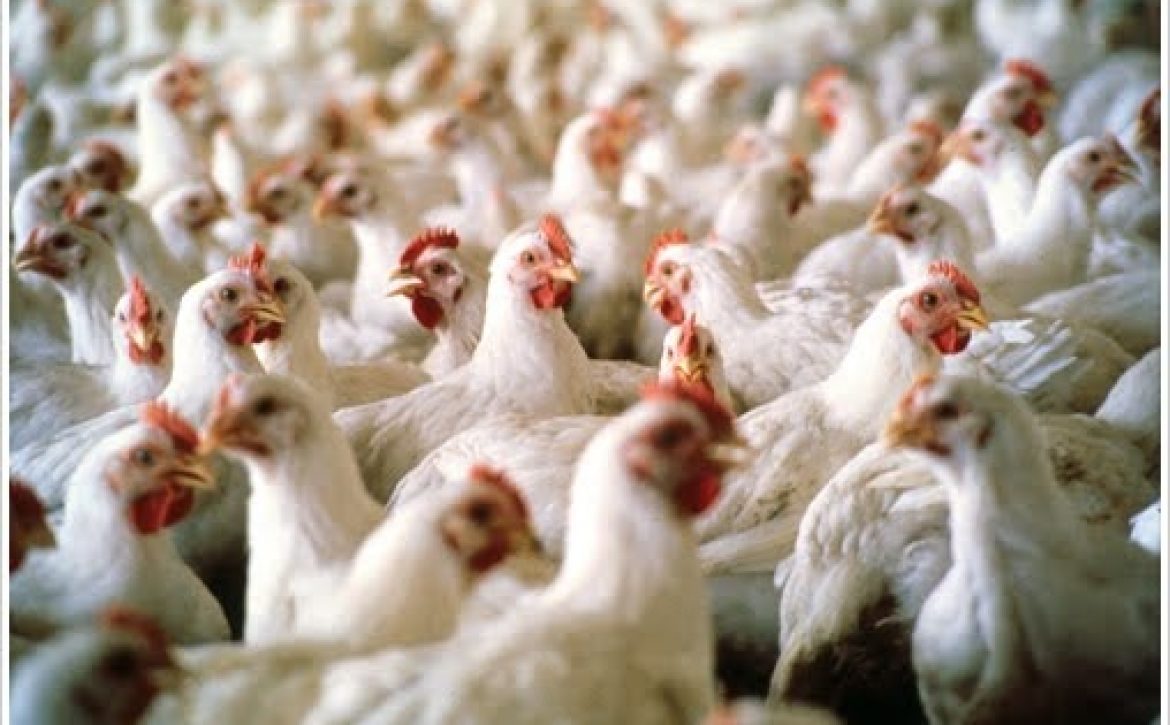Everything has got its own time and season. The season of politics in the State of Osun is here. Contestants are warming up. New alignments are being forged. In other places, old ones are being resuscitated. Forces are gathering, all towards the 2018 governorship election. Governor Rauf Aregbesola’s tenure is gradually coming to an end. Dozens of aspirants are targeting this number one seat. All these contestants want to outdo one another in the ascendance to the throne game. One weapon they have and which they are using is propaganda. They will perform more than the incumbent if given the opportunity to serve. They have now turned virulent critics of the Ogbeni Aregbesola government.

They brazenly alter statistics. Fabricate figures which are non-existing and justify what ought not to be, all in the name of wanting to give the administration of Aregbesola a bad name in order to hang it. But the people of Osun do have very good memory. They do not suffer from collective amnesia. They know. They see. They also feel what Aregbesola did and is still doing in the state.
One of the supposed governorship aspirants recently said the state of education in Osun is in a bad shape. He noted that there was a disconnect in the provision of infrastructure and economic development, promising that he possessed the magic wand to synergise the two and fix the education. He said: “My governorship ambition will aim at turning the state’s fortunes around, especially in “moment of crisis’ which its education had found itself. Osun State is in a moment of crisis as its educational sector is also in a bad shape and the quality is no longer there. “The infrastructure and economic development will change if given the opportunity to govern the state. Osun is in a critical position; it must not be left in the hands of charlatans. If you’re a governor or aspiring to be governor and you say you have 6 points agenda or 9 points agenda, its rubbish, I’m very sure of that. Another aspirant was milder in his criticism. He opined that Aregbesola performed very well but made certain mistakes that he would correct if elected governor.
But if a calabash isn’t broken, do we employ someone to still fix it? One of Aregbesola’s critics cited above was fortunately part of the education summit called by the governor in 2011 to fix the education sector ran aground during the seven years of misrule of the administration before Aregbesola. This critic was not a governorship aspirant then and he did not see that education was in shambles. Even at that, he was privileged to serve in the summit with the Nobel Laureate, Professor Wole Soyinka. The outcome of that brainstorming at the summit produced the template with which the government tailored its restructuring. And today, the state has witnessed tremendous improvement in all ramifications as far as education is concerned in the state.
The criticism must have stemmed from the utter lack of knowledge of performance charts and attention to details commonly exhibited by those who do not want to see anything good attributed to the Aregbesola administration.
Before one goes to reel out statistics on physical performance in the education sector such as provision of infrastructure, let us take a cursory look at the performance of the student of the high school in the state in the last three editions of the external examination, West African Senior Secondary School Certificate Examination (WASSCE).
These past records and statistics of students supplied by WAEC in the past years have shown that there is significant improvement in percentage of overall results of the student compared to the 2010 performance pre-Aregbesola era. To start with, a comparison between pre and post Aregbesola administrations will put the records straight. In 2007, the state registered 36,171 candidates for WAEC examination out of which 2,483 representing 6.86 per cent had credit pass in five subjects, including English and Mathematics.
In 2008, it was 37,715 candidates with 3,813 pass, representing 10.11 per cent. In 2009 it was 39,676 candidates, with 5,545 pass, representing 13.98 per cent. In 2010 it was 43,216 candidates, with 6,777 pass, representing 15.68 per cent. If you put these four years together, you will get an average of 15.68 per cent. Put side by side the above four-year performances with that of Aregbesola’s administration when government started sponsoring candidates for WAEC in 2011, one would glean the wide gulf in performances of both governments.
In 2011, and the first year of test of Aregbesola’s government, the state fielded 53,293 candidates, had 11,672 pass, representing 21.98 per cent. In 2012, government fielded 51,463 out of which 11,431 passed, representing 22.21 per cent. In 2013, it also fielded 47,013 candidates, recorded 9,301 pass, representing 19.78 per cent. In 2014, government sponsored 47,672 candidates, 9,316 of them passed, representing 19.54 per cent. Taken together, the average performance for Aregbesola’s first four years was 20.88 per cent. Compared with the average performance (13.26 per cent) of the three years that preceded it, the percentage improvement in performance during Aregbesola’s tenure is put at an impressive 57.46 per cent.
Thus, those who said Osun is declining are not being honest. The above data will show that their claims are totally unfounded. The performance of pupils has not gone down under the watch of Aregbesola. This significant improvement in performance was nothing other than an outstanding result brought about by careful and strategic planning by the administration. The percentage of performance has kept improving since then. One, therefore, was miffed by the spurious claims of critics about education being in bad shape in the state. This same education sector! Coming to infrastructural improvement, it is in this same education sector where, as at last count, a total of 55 new state-of-the-art structures, comprising 20 Elementary, 22 Middle, and 13 High School have been added to existing structures while a total of 82 school blocks, comprising 1,534 classrooms across the state have been refurbished by his administration.
The same Aregbesola administration established the Home Grown School Feeding Programme (O’MEALS) which, apart from providing pupils in Elementary 1-4 with highly nutritious meals every school day, has also succeeded in reducing unemployment by absorbing no fewer than 3,000 food vendors? Another innovation of the administration is Osun Youth Empowerment Scheme (OYES) which, with its mopping up of more than 40,000 youths off the streets and productively engaging them, has succeeded in reducing the scourge of unemployment among our youths.
Aregbesola has also performed creditably well in bringing government closer to the people, especially through the creation of additional 31 Local Council Development Areas, 3 Area Councils and two Administrative Offices. On security, with the procurement of 25 Armoured Personnel Carriers (APC) and 100 Patrol Vehicles among others, he has greatly helped in the making Osun one of the safest states in Nigeria.
Without security, can there be any development? Those who easily find a disconnection between infrastructure and development in Osun must have been living outside the state. The above is just a tip of the iceberg of the development that occurred under Governor Aregbesola, which his most avowed critics could not even deny.
The conclusion one can draw from these aspirants turned critics is that because they wanted Aregbesola’s job, then they must malign him to curry the support of the people. This kite will not fly any time any day again as the people of the state are abreast of what the governor has done for the state. No amount of lies will ever deceive and stop them from following the people’s governor.
Owolabi writes from Osogbo

